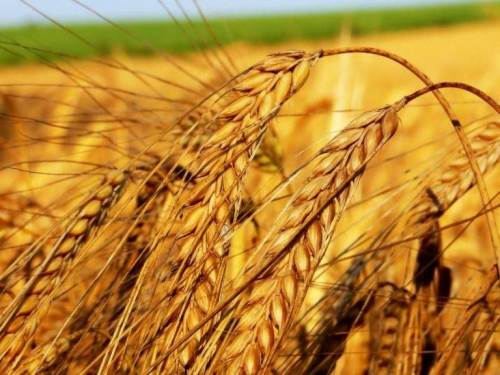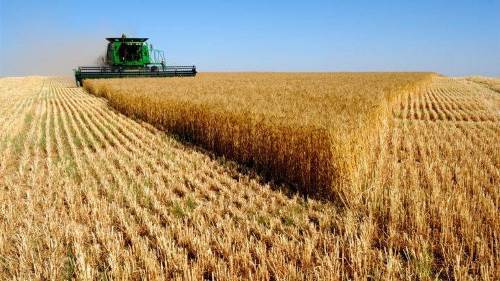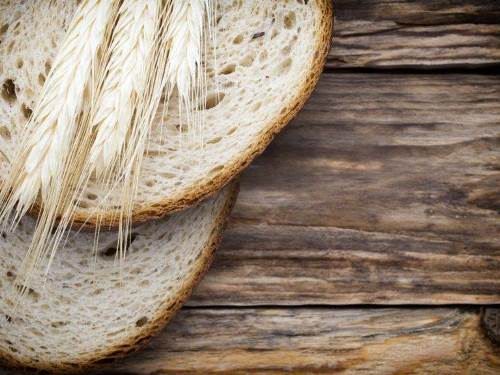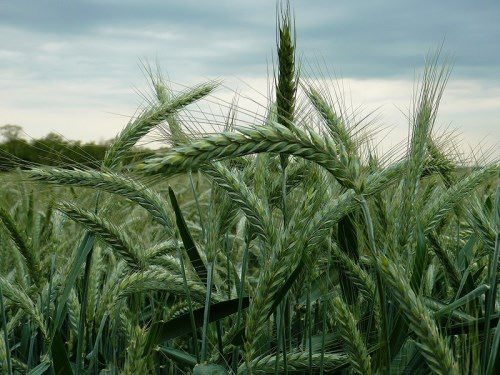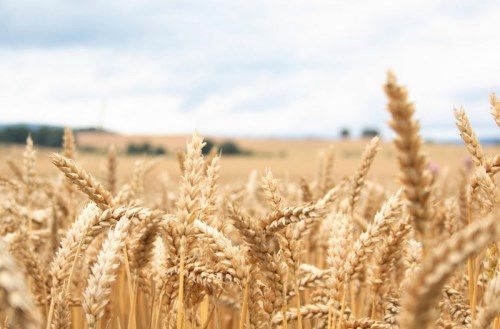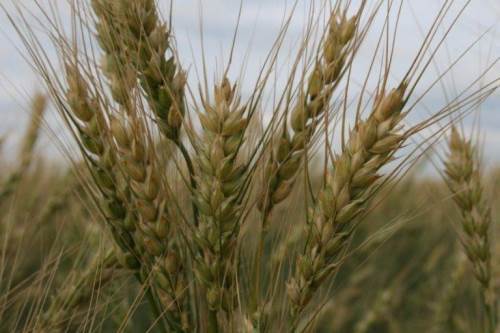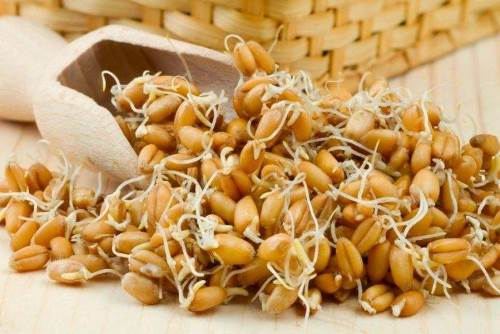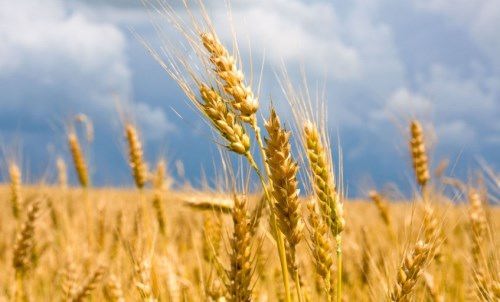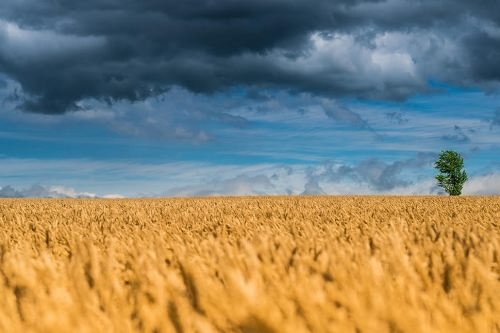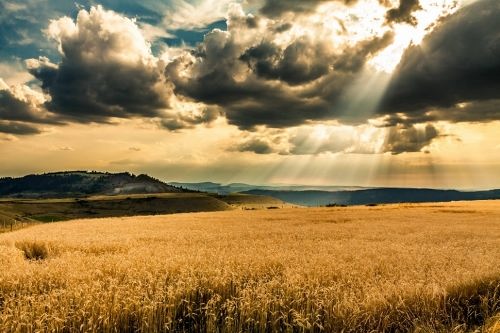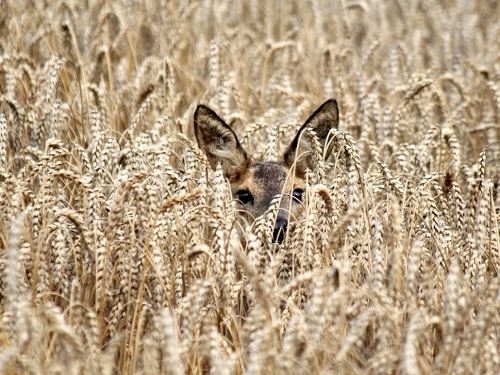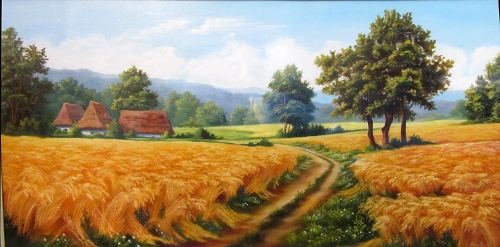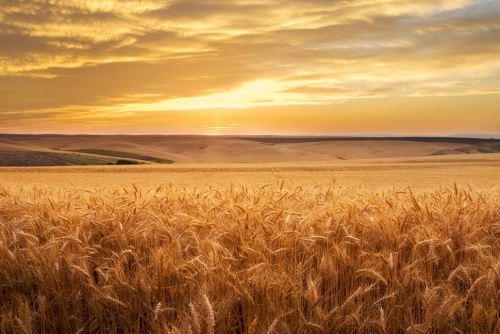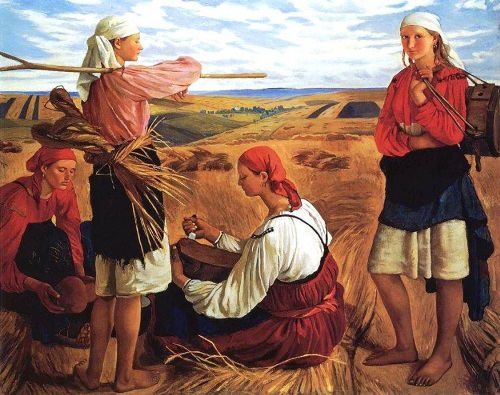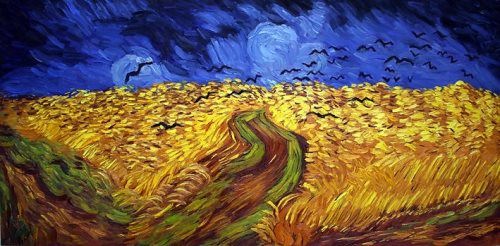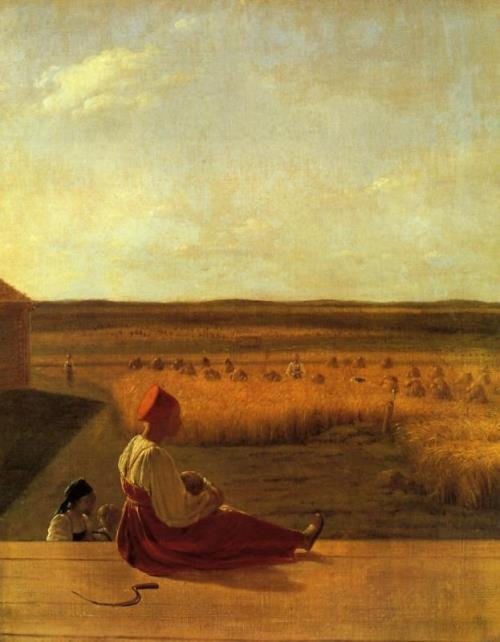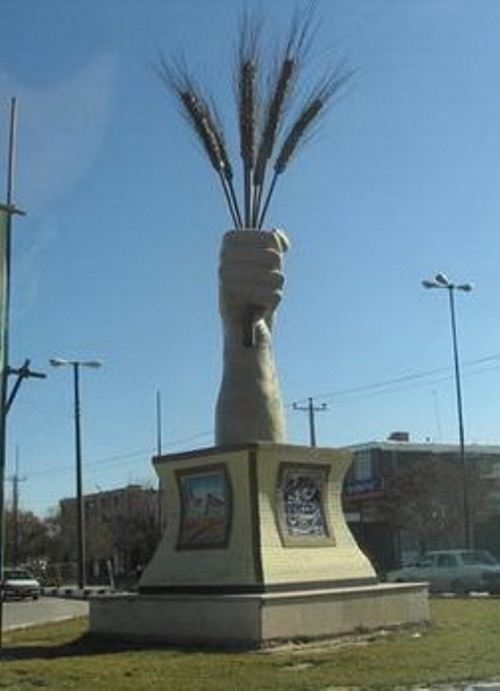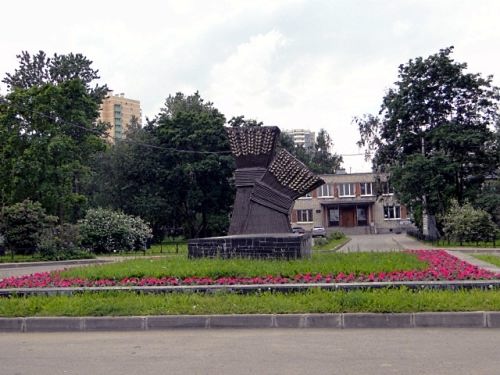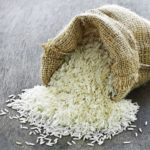Wheat – Bread of Life
Wheat is one of the oldest and most important grain. It is a major source of nutrients for people. It is an important ingredient of many breads, pastries, and pastas.
The wheat plant is a kind of grass with long slender leaves. There are thousands of kinds of wheat. Wheat plants grow to between 0.6 and 1.5 meters tall. The top part of the plant is made up of a number of flowers, which form groups called “spikelets”. The flowers produce grains that are used as food.
Wheat was first grown on farms about 9,000 years ago in the Euphrates River valley of the Middle East. In ancient Egypt the people buried some wheat with the pharaohs. Today China, India, and the United States are leading wheat producers.
For thousands of years, wheat was laboriously harvested using a sickle, and then threshed, or beaten, to separate the grains from the heads and flower parts. Today farmers harvest wheat using a combine, which cuts down the plants. Then it separates the seeds from the rest of the plants.
Wheat is also used to feed farm animals.
Researchers distinguish three areas in the northern Levante, where the cultural wheat most likely appeared. It is believed that wheat domestication could occur in different regions, but wild wheat does not grow anywhere, and there is no archaeological evidence of its early domestication anywhere other than the Middle East. In the 9th millennium BC wheat appeared in the Aegean Sea region. Not later than 6000 BC it reached India, and Ethiopia, and appeared on the territory of future Spain and England – no later than 5000 BC. After another thousand years, the wheat reached China. In the 7th millennium BC the wheat became known to the tribes in Northern Greece and Macedonia, and also spread to northern Mesopotamia.
Before the beginning of our era the plant became known throughout the territory of Asia and Africa. In the era of the conquests of ancient Rome, people began to cultivate wheat in different parts of Europe. European colonists in the XVI-XVII centuries brought wheat to South, and then to North America, and in the XVIII-XIX centuries – to Australia and Canada.
The Slavs believed that wheat grains were a symbol of wealth and life, protecting people from spoilage.
Extract of wheat germ has anti-burn effect, it helps with healing of wounds, ulcers and burns. Also, wheat germ extract is used in cosmetology as a rejuvenating agent (since it has an antioxidant property).
